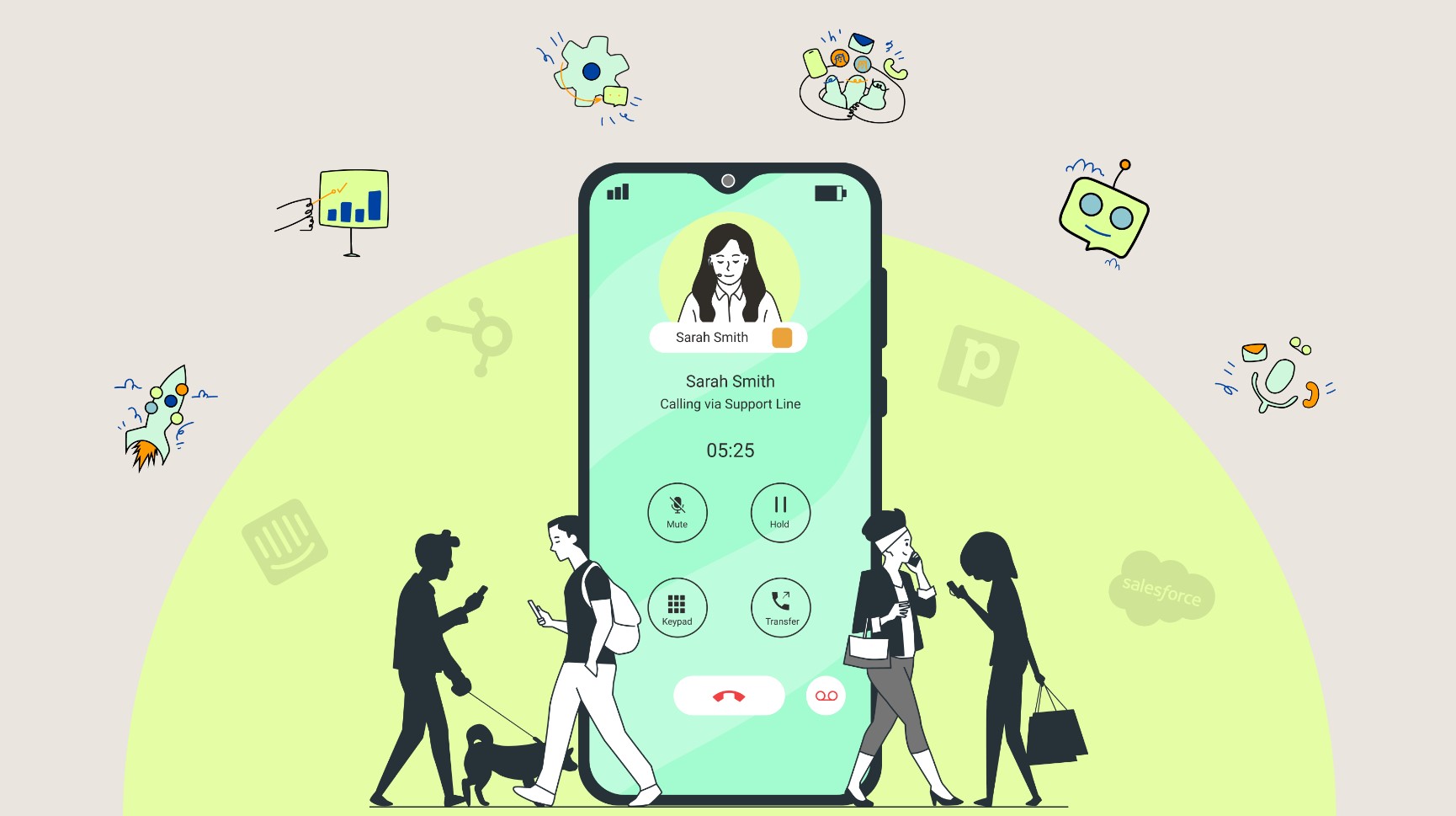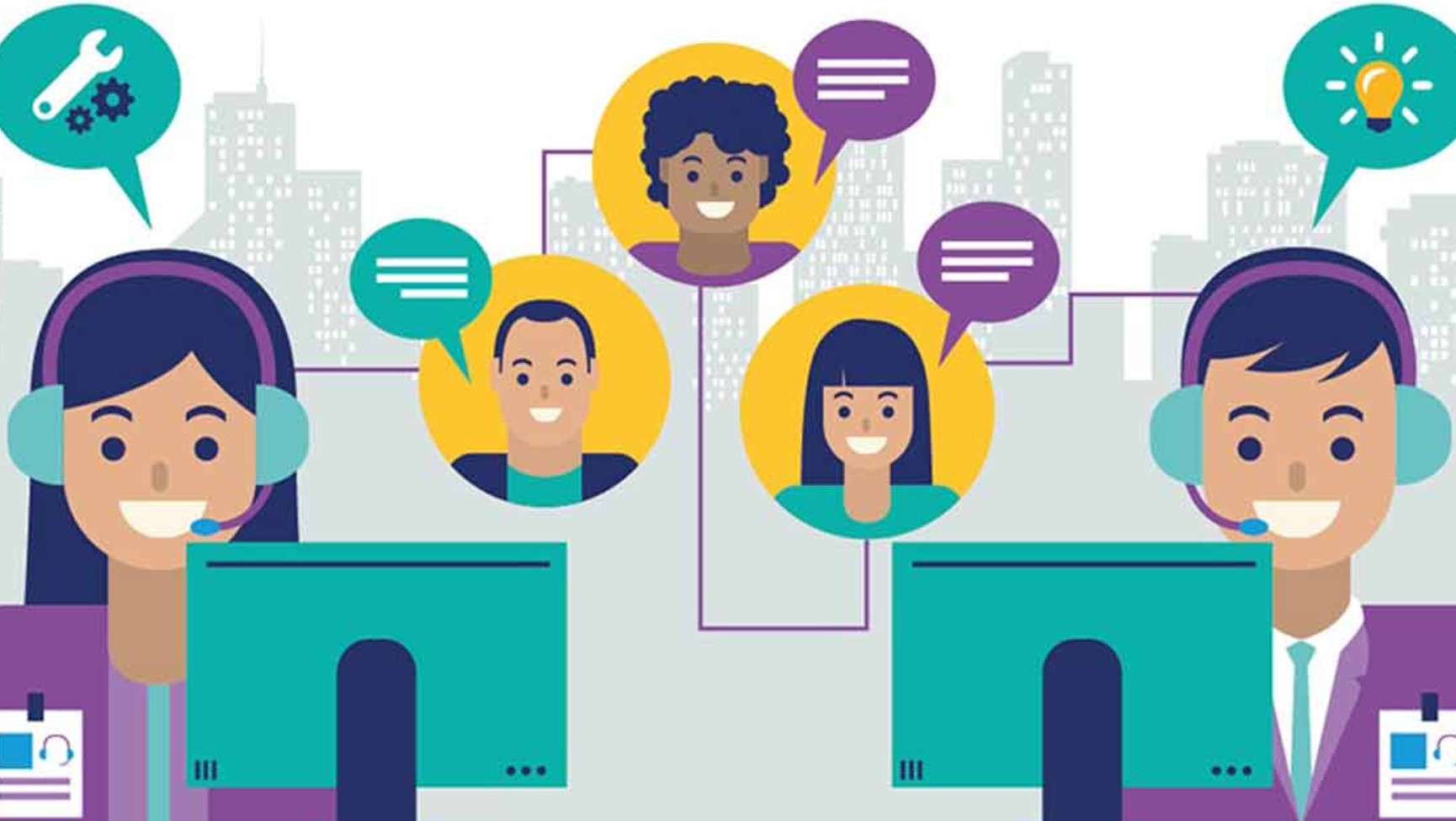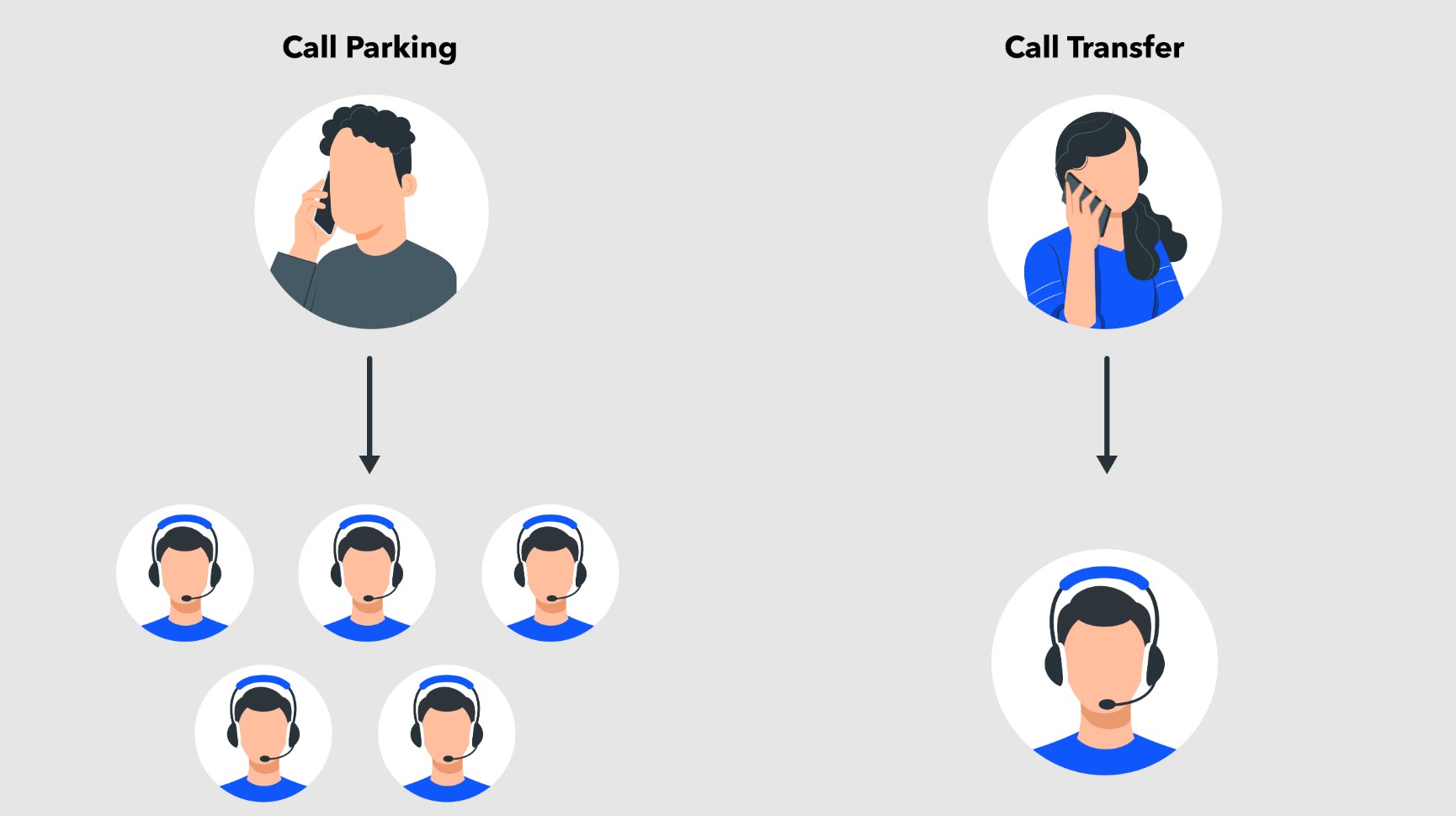When it comes to choosing a phone system for your business, it’s important to consider the features that will enhance communication efficiency and streamline customer interactions. One such feature that plays a crucial role is the auto attendant. An auto attendant is a virtual receptionist that greets callers and provides menu options for directing their calls. In this article, we will explore the key features to look for in a phone system, with a particular focus on the benefits and functionality of an auto attendant. By understanding these features, you can make an informed decision and ensure a seamless and professional experience for your callers.
Key Considerations for Choosing a Phone System
Before diving into the features, let’s first discuss some important considerations when selecting a phone system:
- Cost and Budget – The cost of implementing a phone system is a vital factor to consider. Determine your budget and evaluate the total cost of ownership, including upfront expenses, ongoing maintenance, and any additional fees for advanced features or licenses. Compare different pricing models, such as upfront purchase, leasing, or subscription-based plans, to find the most cost-effective option for your business.
- Scalability and Growth Potential – A phone system should be scalable to accommodate your business’s growth. Consider the number of employees and locations you have currently, as well as any anticipated expansion in the future. Look for a system that offers flexible scalability options, allowing you to add or remove users, phone lines, and features as your needs evolve.
- Integration with Existing Infrastructure – If you have an existing IT infrastructure in place, ensure that the phone system can integrate seamlessly with your current equipment and software. Compatibility with your customer relationship management (CRM) system, email clients, and other business applications can enhance productivity and streamline workflows.
- Call Quality and Reliability – Reliable call quality is paramount for effective communication. Look for a phone system that offers high-definition voice calls and reliable connectivity. Read reviews, seek recommendations, and inquire about service level agreements (SLAs) to ensure that the system can deliver the call quality and uptime your business demands.
- Advanced Features and Functionality – Different phone systems come with varying degrees of features and functionalities. Identify the specific needs of your business and prioritize the features that are essential for your operations. Some common advanced features include call routing and forwarding, voicemail and call recording, auto attendant and interactive voice response (IVR), conferencing and collaboration tools, and mobile and remote access capabilities.
Types of Phone Systems
Now that we have covered the key considerations, let’s explore the different types of phone systems available:
Type 1: Traditional Landline Systems
Traditional landline systems use copper wiring to transmit voice calls. While they have been the go-to option for decades, their popularity has declined due to the rise of digital alternatives. Landline systems often require significant upfront investment, installation time, and maintenance. However, they can provide reliable call quality, especially in areas with unstable internet connectivity.
Type 2: VoIP (Voice over Internet Protocol) Systems
VoIP systems leverage the internet to transmit voice calls. They convert analog signals into digital packets and transmit them over IP networks. VoIP offers flexibility, cost savings, and a wide range of features. It allows for easy scalability and can integrate with other communication channels such as instant messaging and video conferencing.
Type 3: Cloud-Based Phone Systems
Cloud-based phone systems, also known as hosted PBX (Private Branch Exchange), are gaining popularity among businesses. They rely on cloud infrastructure to handle call routing and provide a wide array of features. Cloud-based systems offer scalability, reduced maintenance costs, and accessibility from anywhere with an internet connection. They are particularly suitable for remote and distributed teams.
Essential Features of a Phone System
Regardless of the type of phone system you choose, certain features are essential for effective communication and collaboration. Here are some key features to look for:
- Call Routing and Forwarding – Efficient call routing ensures that incoming calls are directed to the appropriate individuals or departments. Look for a phone system that supports customizable call routing options, such as time-based routing, skills-based routing, or even geographical routing. Call forwarding capabilities are also important to ensure that calls reach the right people, regardless of their location.
- Voicemail and Call Recording – Voicemail allows callers to leave messages when the recipient is unavailable. Look for a phone system that offers voicemail functionality with options for personalized greetings and voicemail-to-email transcription. Call recording is another valuable feature that can help with training, quality assurance, and dispute resolution. Ensure that the system supports call recording and offers secure storage options.
- Auto Attendant and Interactive Voice Response (IVR) – An auto attendant is a virtual receptionist that greets callers and provides menu options for directing their calls. IVR systems allow callers to interact with the phone system using voice or keypad inputs. These features enhance professionalism, improve call handling efficiency, and provide a better customer experience. Look for customizable auto attendant and IVR options to tailor the caller’s journey to your business’s specific needs.
- Conferencing and Collaboration Tools – In today’s remote work environment, robust conferencing and collaboration tools are essential. Look for a phone system that supports audio and video conferencing, screen sharing, and document collaboration. These features facilitate team collaboration, enable virtual meetings with clients or partners, and enhance productivity.
- Mobile and Remote Access – The ability to make and receive calls from mobile devices or remote locations is crucial for modern businesses. Look for a phone system that offers mobile apps or softphone clients compatible with iOS and Android devices. Seamless integration with your business phone system ensures that you can stay connected and maintain productivity while on the go.
Additional Considerations
In addition to the essential features discussed above, here are a few more factors to consider:
| 1 |
Customer Support and Service Level Agreements (SLAs) |
Reliable customer support is vital when you encounter issues or need assistance with your phone system. Evaluate the vendor’s customer support reputation, availability, and responsiveness. Additionally, review the service level agreements (SLAs) offered by the provider to ensure that they meet your business requirements in terms of uptime and response times. |
| 2 |
Security and Privacy Features |
Protecting your business’s communications and sensitive information is crucial. Look for phone systems that offer encryption for calls, secure access controls, and compliance with industry regulations such as GDPR (General Data Protection Regulation) or HIPAA (Health Insurance Portability and Accountability Act). |
| 3 |
User-Friendly Interface and Configuration Options |
A user-friendly interface makes it easier for your employees to manage their phone system settings, configure call routing, and access features. Look for systems with intuitive web-based interfaces or dedicated desktop applications that simplify administration and minimize the learning curve. |
| 4 |
Integration with CRM and Business Applications |
Integration with your CRM system and other business applications can streamline workflows and enhance productivity. Look for phone systems that offer seamless integration options with popular CRM platforms, email clients, helpdesk software, or project management tools. This integration can enable click-to-call functionality, automatic call logging, and easy access to customer information during calls. |
| 5 |
Analytical and Reporting Capabilities |
Analytics and reporting features provide valuable insights into call volume, call durations, customer wait times, and other key metrics. These insights can help you optimize call handling, identify bottlenecks, and make data-driven decisions to improve customer service and operational efficiency. |




